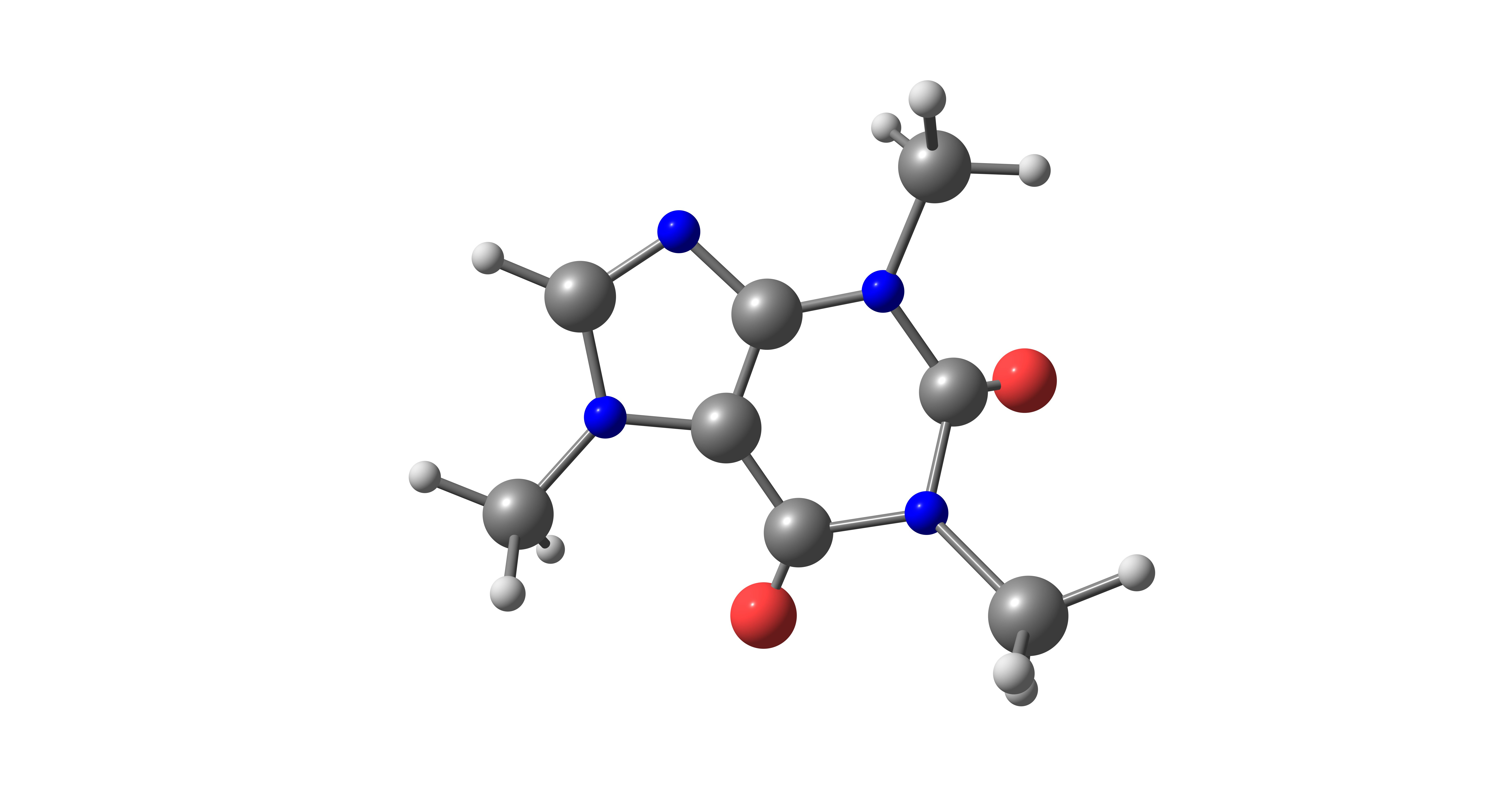New Guidelines: Fighting Hypertension with Lifestyle Modifications
Methylene Blue: Cognitive Enhancer or Overhyped Supplement?
Supplement Stacking: The Hidden Risks Behind the Trend
The Sweet Science Behind Dates in Pregnancy
GLP-1 Toolkit
New Interactive CE: Supplements for Athletic Performance
Monograph Update: Ginkgo
Supplement Stacking: The Hidden Risks Behind the Trend
October 2025Patients may ask about “stacking” or combining multiple supplements. This growing trend involves taking several different products simultaneously to enhance health benefits - but risks are often overlooked.
This practice has become especially popular in athletic circles, where individuals strategically layer supplements to maximize training. For example, while clinical research is available supporting the use of caffeine or creatine for athletic performance, evidence for their combined effectiveness is lacking. And people may not be aware of downsides. Caffeine may interfere with creatine’s effectiveness. Plus, a greater concern is the increased risk of adverse effects when these are combined with other performance supplements or stimulants like ephedra.
However, supplement stacking is not limited to performance purposes; patients also combine products hoping to gain added benefits for a particular health concern.
When patients layer supplements with similar pharmacological effects, the potential for health risks multiplies. Sedative products (e.g., ashwagandha, melatonin, valerian) can cause excessive drowsiness when taken concurrently – especially if combined with prescription benzodiazepines or other CNS depressants.
Blood sugar management can become unpredictable if glucose-lowering supplements such as berberine, chromium, or cassia cinnamon are added together, with additional concern for complications when combined with other glucose-lowering therapies (insulin, sulfonylureas, etc.). This creates the potential for unexpected hypoglycemic episodes that can put patients at risk.
Also be alert for risks of “stacking” other types of supplements…such as those that have antiplatelet effects (e.g., garlic, gingko) or serotonergic properties (e.g., SAMe, St. John’s Wort)
Beyond these targeted effects, patients often exceed safe dosage limits through overlapping ingredients. For example, someone taking a multivitamin, standalone vitamin D, and a “bone health” formula might be consuming over 4,000 IU of vitamin D daily – exceeding both the tolerable upper limit and recommended daily allowance.
Encourage patients to consult with you before initiating or adding new supplements to their regimen, ensuring they don’t inadvertently overlap ingredients or pharmacological effects in their pursuit of optimal health.
For comprehensive safety information, review individual monographs or utilize our “Interactions Checker” tool to identify potential interactions.
